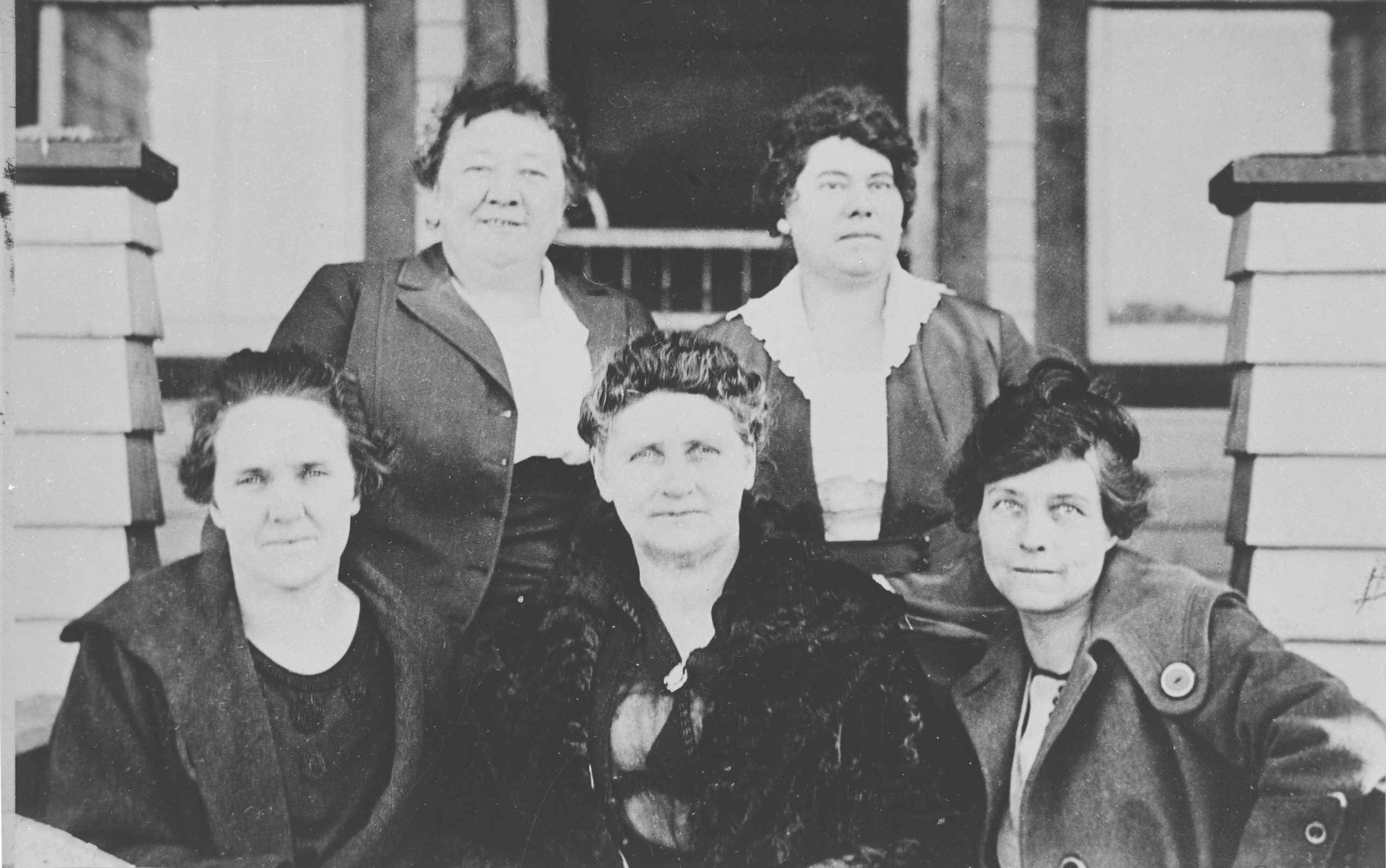The Future of Snow
16 Feb 2020
Scientists Study how Climate Change Impacts Tetons
Winter 2019/2020
Written By: Kristen Pope | Images: Courtesy NPS and Simeon Caskey
What would winter in Jackson Hole be without snow? While it’s unlikely snow will disappear from the area anytime soon, climate change is impacting our region along with the rest of the world. According to National Oceanic and Atmospheric Administration data and the U.S. Government’s climate.gov website, “Nine out of 10 of the warmest years on record have occurred since 2005.”
“Climate change is leading to warming temperatures in this area as well as sometimes more precipitation, and more extreme weather events,” says Simeon Caskey, Grand Teton National Park’s physical science branch chief.
One visible effect of climate change is the shrinking of many glaciers around the globe, including those in Grand Teton National Park. Caskey’s team studies the park’s 10 named and one unnamed glacier.
“These glaciers are really important indicators of climate change because they manifest longer-term climate trends,” Caskey says.
With funding from the Grand Teton National Park Foundation, scientists first embarked on an intensive study of the glaciers five years ago. The researchers are continuing to collect data, and they have found an overall trend of the glaciers losing ice mass since they began. On one day alone in 2019, the scientists discovered a single strong rainstorm melted four inches of ice in just a few hours.
Caskey also notes a startling trend over the past half century.



“One of the things we’ve seen in the last 50 years is all of our glaciers are decreasing in size and volume—all 11,” Caskey says.
The scientists focus primarily on five park glaciers: Teton, Middle, Schoolroom, Petersen, and Falling Ice. Researchers selected them due to their size, and the relative ease and safety of access, though they are still quite difficult to reach. Middle Teton is one of the easiest ones to access, and it still requires a 12-mile roundtrip hike with 4,000 feet of elevation gain as well as technical glacier travel with ice axes and crampons.
Using high-accuracy GPS equipment, Caskey’s team measures repeat grid points each year to update elevation measurements so they can monitor changes to the glacier over time. They also utilize time-lapse cameras, temperature loggers, and many other tools.
Shrinking glaciers are an indication of a warming world, and Teton-area glaciers aren’t the only ones melting.
“It’s not just unique to the Tetons or Greater Yellowstone Ecosystem, but it’s shown across the globe that glaciers are shrinking as a result of warming temperatures and changing precipitation regimes,” Caskey says.


In addition to providing a gorgeous mountain backdrop, glaciers provide crucial services for people and ecosystems downstream. Shrinking glaciers affect stream temperatures, water quality, and even water supply, including the amount available for irrigation, among many other vital functions.
“Glaciers are very important natural water storage features, so they help to store water at higher elevations and release it later during the year and have disproportionate impact in that sense,” Caskey says.
As scientists continue to study the changing climate, Jackson Hole residents and visitors will continue to appreciate what makes the area unique—including the glaciers and snow. People are also hard at work trying their best to protect the environment and make climate-friendly choices, from not idling cars, to choosing human-powered recreational options, to bringing reusable shopping bags. The future of snow—and glaciers—depends on them.











